 Fundamentals of Freehand Longarm Quilting is published by Annies, 306 East Parr Road, Berne, IN 46711. Printed in USA. Copyright 2013 Annies. All rights reserved. This publication may not be reproduced in part or in whole without written permission from the publisher.
Fundamentals of Freehand Longarm Quilting is published by Annies, 306 East Parr Road, Berne, IN 46711. Printed in USA. Copyright 2013 Annies. All rights reserved. This publication may not be reproduced in part or in whole without written permission from the publisher.
RETAIL STORES: If you would like to carry this book or any other Annies publication, visit AnniesWSL.com.
Every effort has been made to ensure that the instructions in this book are complete and accurate. We cannot, however, take responsibility for human error, typographical mistakes or variations in individual work. Please visit AnniesCustomerCare.com to check for pattern updates.
STAFF
Editor: Carolyn S. Vagts
Creative Director: Brad Snow
Publishing Services Director: Brenda Gallmeyer
Managing Editor: Barb Sprunger
Graphic Designer: Nick Pierce
Copy Supervisor: Corene Painter
Senior Copy Editor: Emily Carter
Copy Editor: Mary ODonnell
Technical Editors: Angie Buckles, Sandra Hatch
Production Artist Supervisor: Erin Brandt
Senior Production Artist: Nicole Gage
Production Artists: Glenda Chamberlain, Edith Teegarden
Photography Supervisor: Tammy Christian
Photography: Matthew Owen
Photo Stylists: Tammy Liechty, Tammy Steiner
ISBN: 978-1-59635-621-4
1 2 3 4 5 6 7 8 9
Pattern Services
and Revisions
If you are an Annies customer and have a question about the instructions on a pattern you have purchased, please visit:
http://www.anniescatalog.com/pages/customer_care/pattern_services.html
Fundamentals of Freehand
LONGARM
QUILTING TM
Terri L. Watson
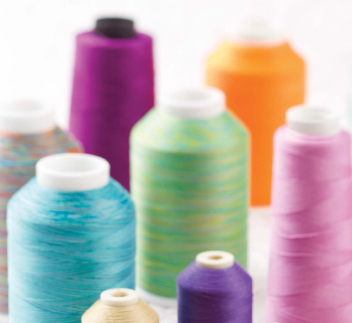
ANNIES

Table of Contents

ANNIES
Terri came to quilting in 1989 after dabbling in a few other hobbies. Once she started her first quilt she knew she had found a home.
For the first 15 years or so, she machine-pieced and hand-quilted her projects. When her job as a high-school library supervisor became threatened by budget cuts, she began to research the possibility of making a career out of her love of quilting.
She purchased her Gammill longarm quilting system in December of 2004. She began quilting for others in May of 2005. The quilting has always been her favorite part of the process, and she gets to do it every day.
Terri believes that the quilting is an integral part of the design of a quilt, and it deserves as much attention as the selection of the quilt-top design and the fabrics.
She considers herself to be an everyday quilter and works to learn and develop designs that are affordable for her clients and that look terrific on the quilt.
Terri lives in beautiful western Michigan with her husband, Maris. They have one daughter, Aubrey. Many of the quilts Terri has quilted for others have been featured in shows and have won awards.
Welcome to your longarm quilting adventure! Wowthat sounds lame, but I am sitting here writing notes for a book and a video class, which is something that I could never have imagined when I started down this path a little over eight years ago. So, adventure it is.
I have been a professional machine quilter for about eight years. I own a Gammill Classic Plus machine. It has a 26-inch throat (the open space between the needle and the back of the machine). The Plus means my machine has an electronic stitch regulator that ensures consistent stitch length.
I began making quilts around 1990piecing by machine and hand-quilting them. In December of 2004, after months of research into machines and the business of quilting for others, my quilting system was delivered. Six months after that, I began to quilt for otherspretty straightforward, right?
Not quite.
The morning after my quilting system was delivered and set up was interesting. Thats a good word for itinteresting. I walked downstairs to my studio and saw that big (and expensive) piece of equipment. My heart started pounding in my chest and my stomach dropped. For all of my research, planning and organizing, I was scared. I had made a mistake. What was I thinking? I had taken a very large chunk of our savings and poured it into something that I wasnt even sure I could do. I was thinking a lot of other things as well, but most of them were unintelligible jibberings.
Grabbing my manual and a bolt of wide muslin I began to load a practice piecethree times; seriously, three times. I thought I had followed the instructions step by step, but I kept messing it up. By the third time I was frustrated and near to tears, but I finally got it right. It was noon, and I was exhausted. Half the day was gone and I hadnt even turned the machine on. It was not my best morning.
After a good lunch and some deep breaths I got myself together and headed back to the studio. And I quilted all afternoon. By dinnertime I was tired, but happy. Oh, the quilting I did was awful, but I felt better about my ability to learn this skill.
That leads to my first tipkeep that first practice piece. I got rid of mine somewhere along the way, but I recommend that you keep yours tucked away. When you are having a crummy day quilting you can pull it out and see how far you have come. You will be amazed.
In The Fundamentals of Freehand Longarm Quilting I hope to help you get comfortable with your quilting system, show you some different methods for loading and attaching your quilts, sprinkle in some tips to help things go more smoothly, and wind it up with some simple but effective freehand allover designs to get you quilting right now!
Please remember that what I have presented here is not written in stone. There is no one right way. These are things that have worked for me and for many of my students. Keep exploring. Pay attention when you see someone doing something differently. I do, and I learn something new every day. I hope you will too!
There are many different types and brands of quilting systems available to quilters today. The choices can be confusing. Since this is a big monetary investment, you should research carefully to find the system that best fits your needs and pocketbook.
There are several different types of stand-up systemslongarm, midarm and shortarm. Industry standards define these systems by the length of the arm, which is the distance between the needle and the sewing head or the throat. With these systems, you are moving the machine head over the quilt layers to stitch a design.

GAMMILL QUILTING SYSTEMS
Longarm Systems
A longarm stand-up system is generally a three-rail quilting system with a throat that measures 18 or more. The quilting area can range from 10 to more than 20". A longarm system includes a table-mounted frame that is 814 feet long and requires a large floor space. It can have front and rear handles on the stitching head.
Next page
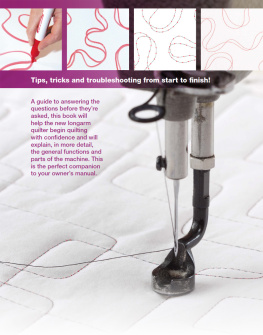
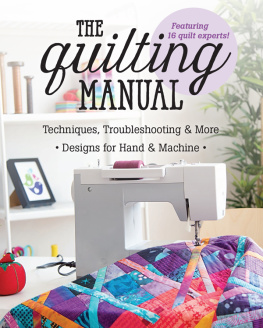

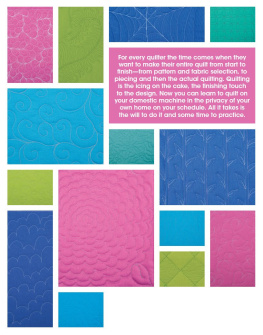
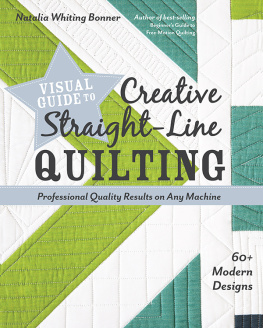
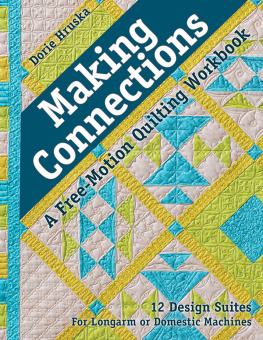
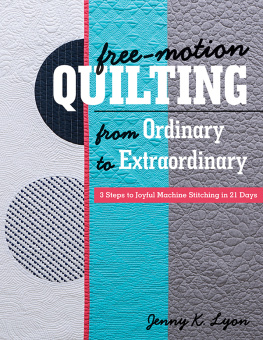
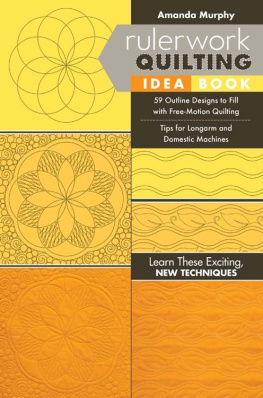
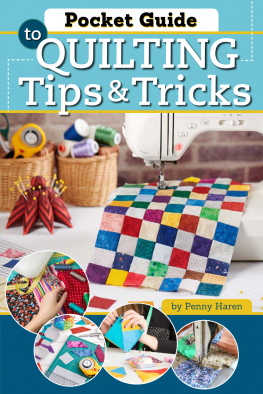
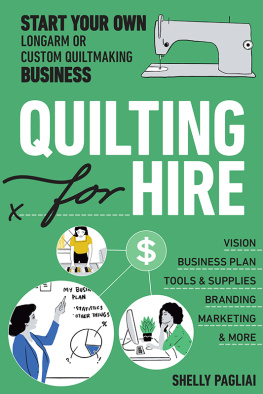

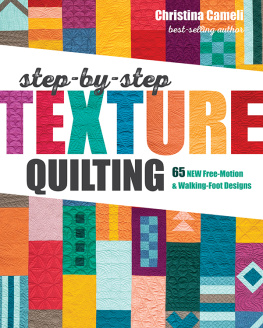
 Fundamentals of Freehand Longarm Quilting is published by Annies, 306 East Parr Road, Berne, IN 46711. Printed in USA. Copyright 2013 Annies. All rights reserved. This publication may not be reproduced in part or in whole without written permission from the publisher.
Fundamentals of Freehand Longarm Quilting is published by Annies, 306 East Parr Road, Berne, IN 46711. Printed in USA. Copyright 2013 Annies. All rights reserved. This publication may not be reproduced in part or in whole without written permission from the publisher.

